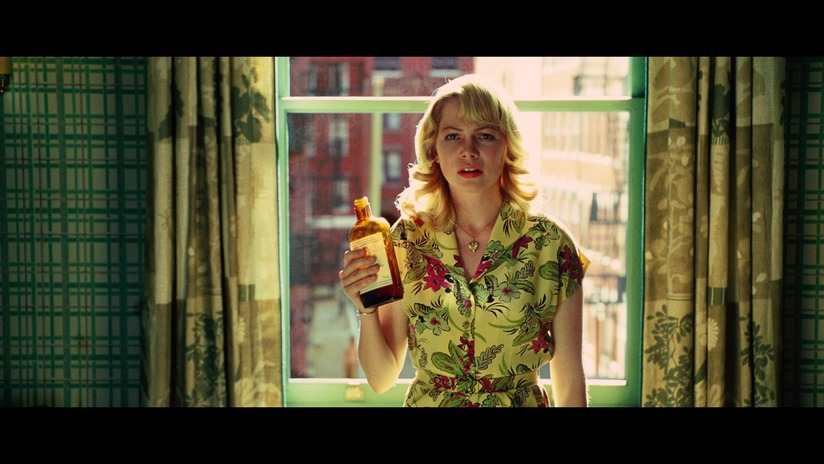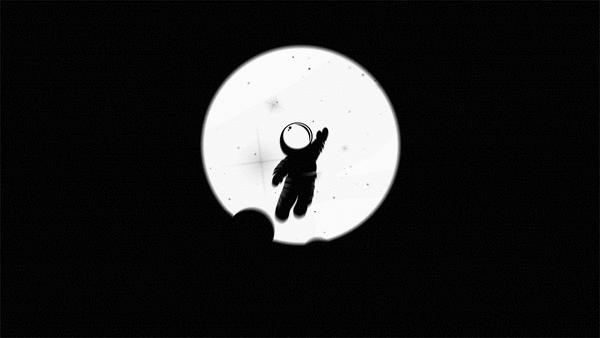
As a filmmaker I always knew that backlight was important. It is of course apart of the three-point lighting setup we all have come to learn. It separates the subject from the background and gives them a sort of pop. However, it took me a while to truly see, not only the beauty, but the magic of the backlight. One of my favorite cinematographers, Bob Richardson, ASC has filmed some of my favorite films and I noticed something one day. My team and I went to go see Hugo in theaters. As the lights dimmed and the film started, I leaned over to one of my friends and commented about how almost every scene was backlight heavy. Hugo went on to win the Oscar for best cinematography and I must say it was a beautiful film. I went home after seeing Hugo, and skimmed through some of my favorite movies and notices one common denominator, every one of them used backlight either a lot or stylistically.

There are two distinct styles when it comes to those who use backlight. Now I’m positive there are several more, but my goal has always been to take complex ideas and simplify them. Therefore, I’ve came up with two categories, subtle and relentless. I will be using two of my favorite cinematographers’ work as examples, Conrad Hall, ASC and Bob Richardson, ASC. The subtle approach is when backlight is present but isn’t too alarming or in your face. This is seen throughout Road to Perdition, examples below.



As you can see, Conrad Hall used backlight a lot but didn’t call too much attention to it. The flipside to the subtle approach is the relentless style. I must admit that I love both but I really love the relentless style because the images are so remarkably unforgettable and hypnotizing. Bob Richardson, ASC is known for being incredibly tough and innovative. It’s no surprise that when he does something he does so almost unapologetically. Bob Richardson blasts backlight and isn’t scared to make it the most dominant light in the scene. Examples can be seen below.




The images are mind blowing and without a trained eye one usually doesn’t notice why the images are so striking. Watch films and pay attention to backlight. It’s easily the one ingredient that will differentiate professional lighting and amateur lighting. You’ll begin to see it used everywhere and the magical thing about it is that it can make lighting easier. Backlight your subject and then control the fill on their face, also known as reverse lighting. My short film after my next one due to release soon, I will be exploring backlight much more than I did in my past and I hope you do too.
